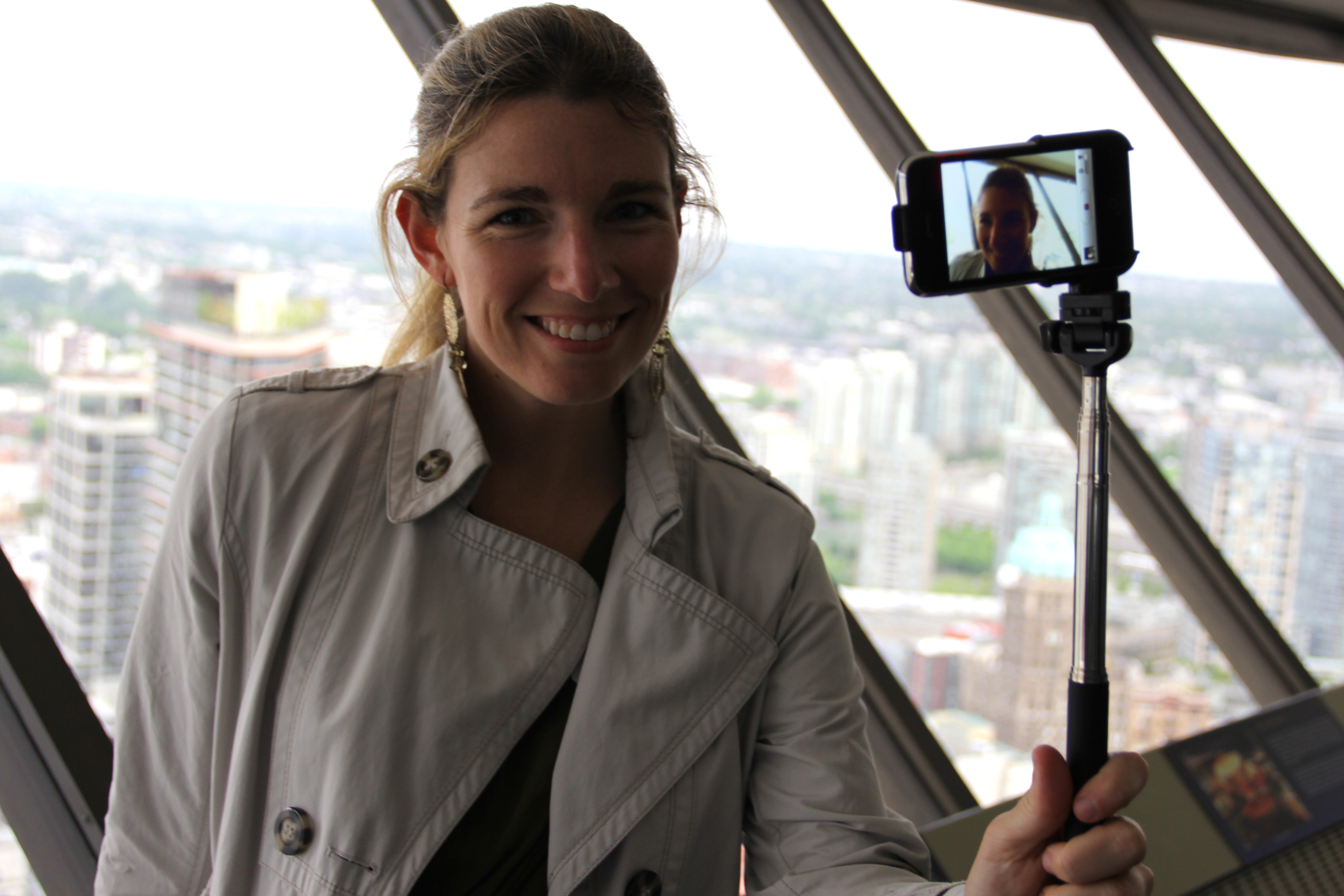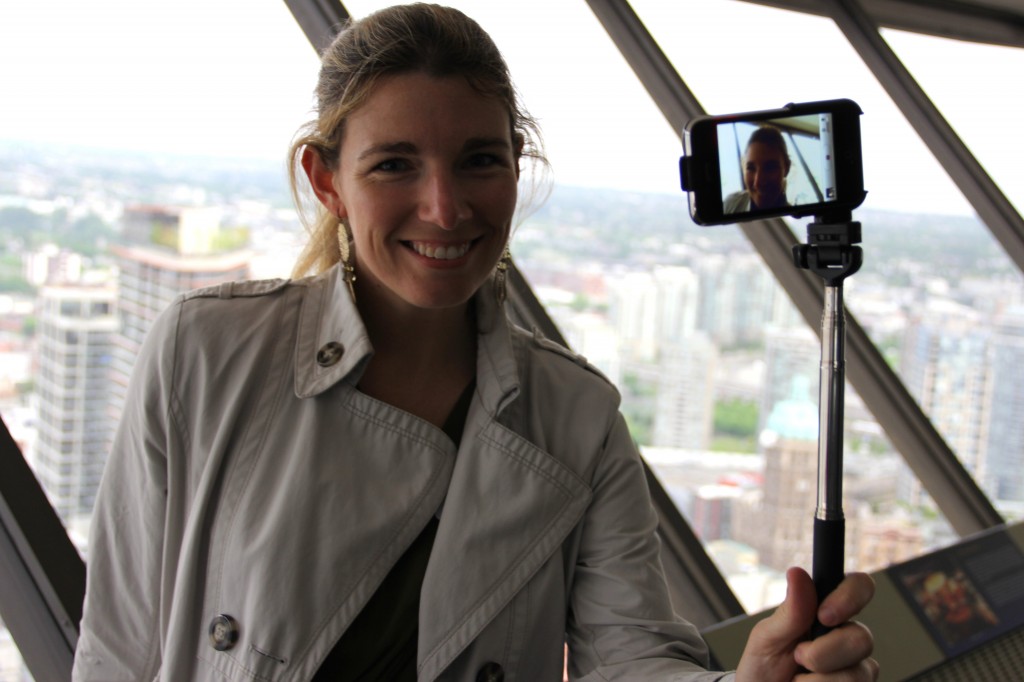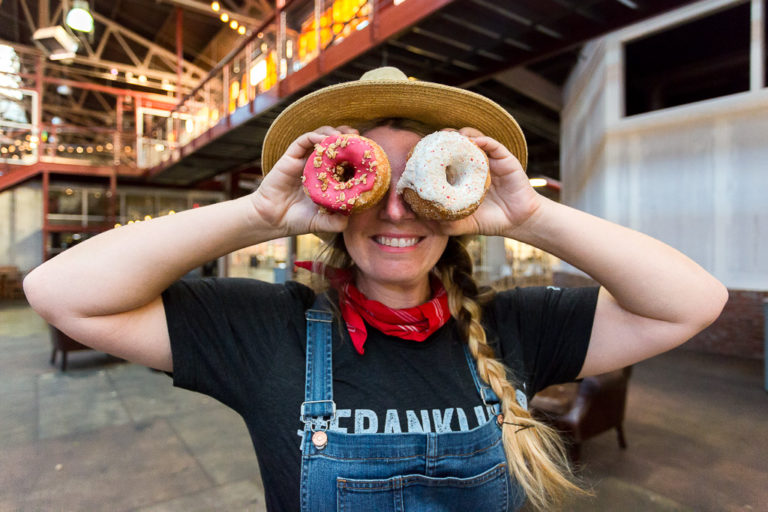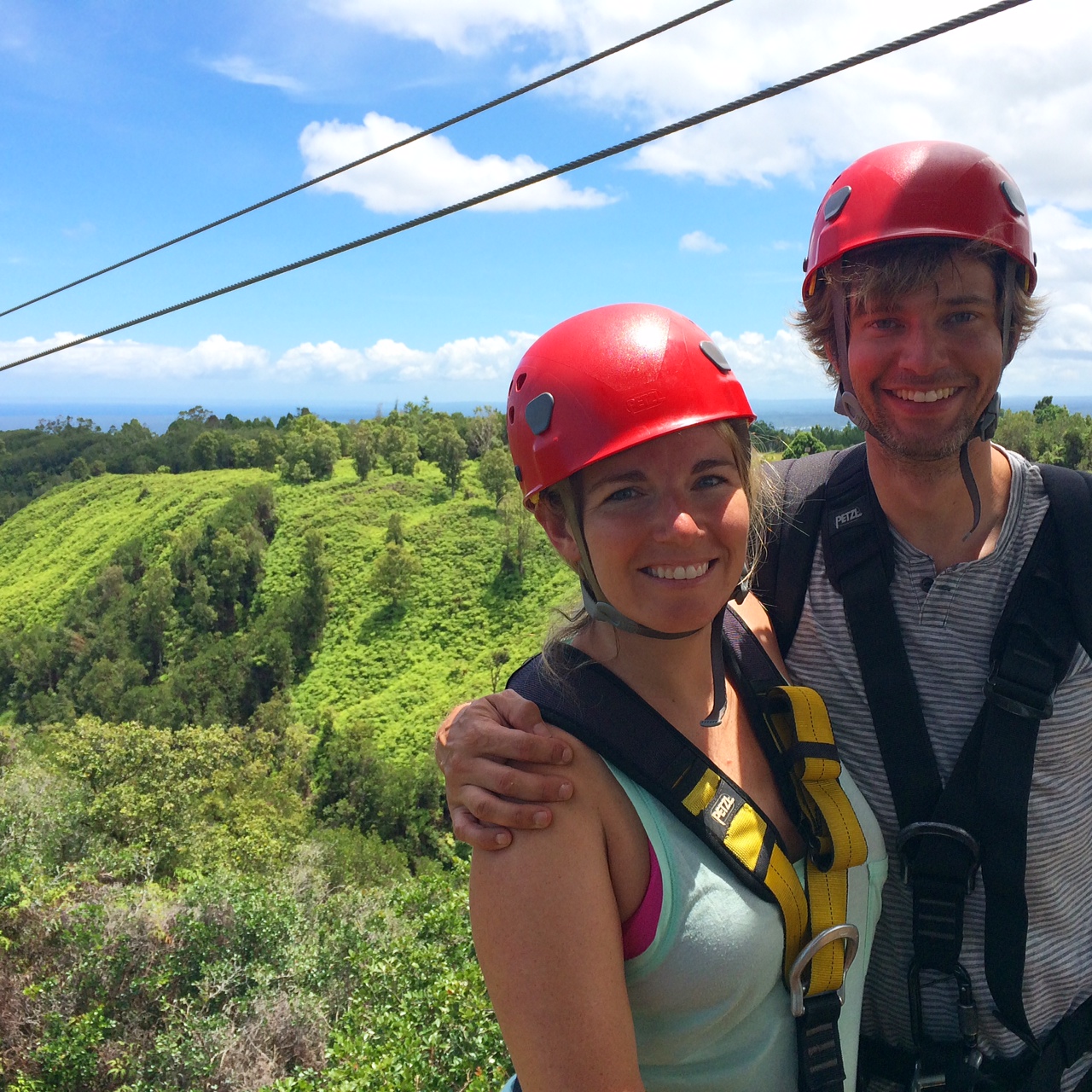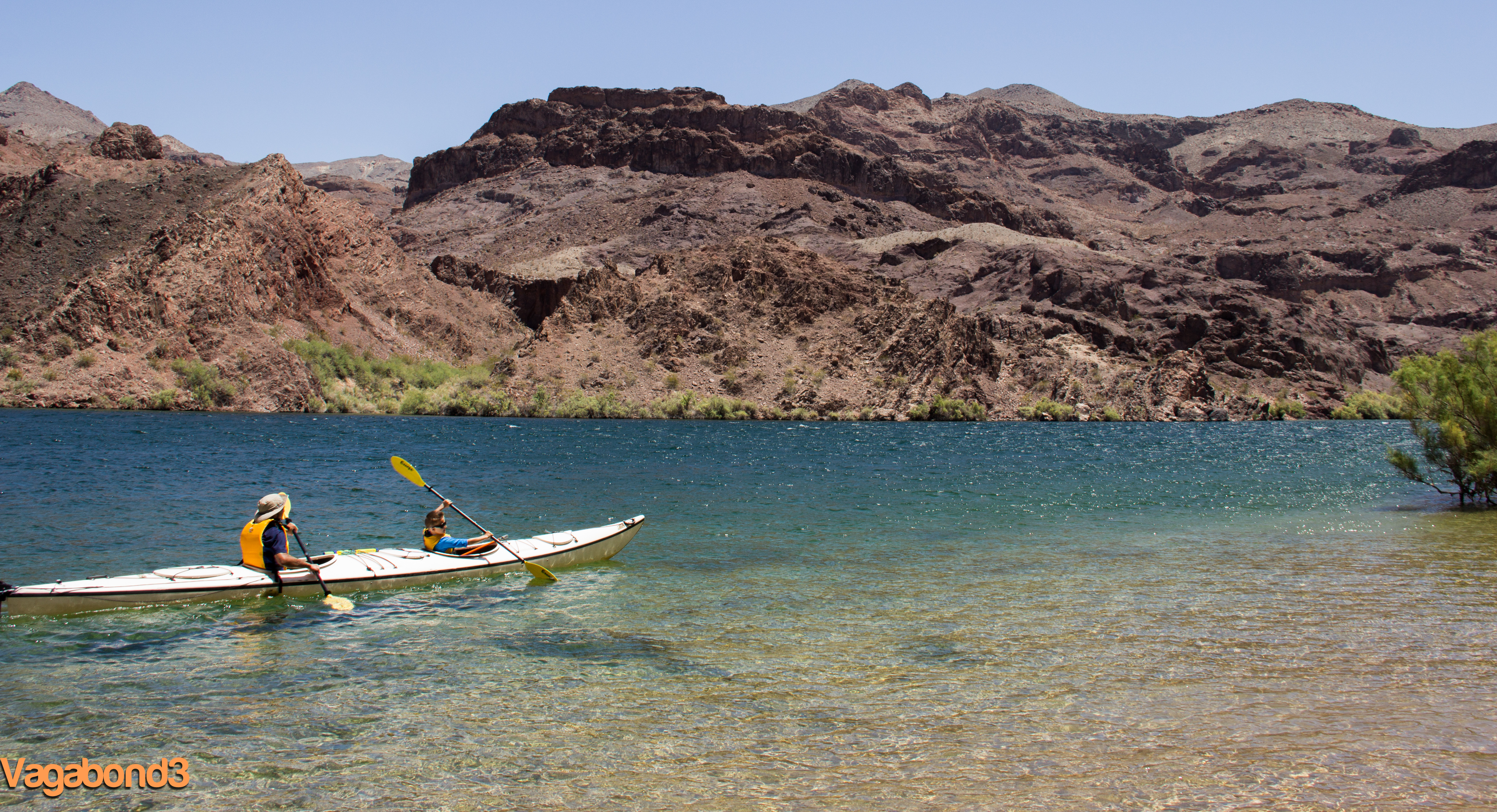Simply put, the Pocket xShot is a must have iPhone attachment for anyone either dabbling in or professionally working with iPhone video and photography. I don’t say this lightly and I’m not embellishing my response to using this product. I can honestly say that since I began using the Pocket xShot along with the xShot iPhone 3Gs case, the shooting capabilities with my iPhone have doubled. It allows for extended/unique shooting angles, and the biggest benefit, is that it allows the shooter (you) to be in the shot without needing to extend your arm and crane your neck or to ask a stranger for help.
 There are two devices being discussed in this article, the Pocket xShot and the xShot 3Gs Case. The Pocket xShot refers to the expandable/collapsible boom pole which can be attached to any average size mounting bracket. When collapsed, the pole is only slightly longer than the average guy’s jean pocket. The xShot 3Gs Case is a iPhone case with a built-in mounting bracket that slides over the iPhone like a typical hard-case, this fits iPhone 3Gs and earlier phones. Additionally there is a heavier duty xShot pole, the xShot 2.0 (which isn’t as compact as the Pocket xShot) as well as an iPhone 4 Case, which we have not tested. Both of the products being reviewed were provided by xShot to Vagabond3 for review, however, this review is completely unbiased.
There are two devices being discussed in this article, the Pocket xShot and the xShot 3Gs Case. The Pocket xShot refers to the expandable/collapsible boom pole which can be attached to any average size mounting bracket. When collapsed, the pole is only slightly longer than the average guy’s jean pocket. The xShot 3Gs Case is a iPhone case with a built-in mounting bracket that slides over the iPhone like a typical hard-case, this fits iPhone 3Gs and earlier phones. Additionally there is a heavier duty xShot pole, the xShot 2.0 (which isn’t as compact as the Pocket xShot) as well as an iPhone 4 Case, which we have not tested. Both of the products being reviewed were provided by xShot to Vagabond3 for review, however, this review is completely unbiased.
I first found out about xShot from Cailin O’Neil. My interest was immediately peaked upon seeing the ability for her to insert herself into her pictures and videos without the need to wrangle a tripod or a camera operator. Ultimately however, I first considered the xShot to be more of a novelty than any type of actual shooting solution. I kept the product line in my head though over the next few months as I began to find more blog posts complaining about the difficulty of capturing travel.
Mainly what I was reading were video blogger issues with carrying equipment, creating a shot (many times attempting to steal a shot), and getting themselves in the picture. For us, the solution has often been the extensive use of voiceover, which makes filming easier but removes alot of the personality that being on camera has. Even in our first weekend with the Xshot, much of that was changed. We were able to insert ourselves into shots without even having to consider our surroundings.*
With the easy attachment/detachment of the Pocket xShot, we were quickly able to throw the camera in front of us to catch fun moments as they were happening. While all our ‘in the moment’ shots didn’t fit into the final products, the few that did added alot more personality than hosting shots alone allow.
While searching for video and photography posts, I stumbled across a much more universal problem that everyone has experienced at one time or another; the moment when, standing in front of the iconic site you traveled however far to see, the realization hits that you won’t be in the picture you’re about to take. This problem is especially pervasive in the travel community, where many backpackers or endless travelers go solo. Having the xShot for your iPhone, or the xShot 2.0 for most point and shoot cameras, eliminates this problem.
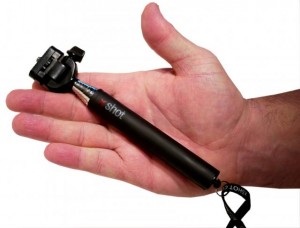 How do the Pocket xShot and xShot’s iPhone case work?
How do the Pocket xShot and xShot’s iPhone case work?
The xShot case slips right over the phone like a normal case (there is a pull tab at the top to release the case when done). The Pocket xShot simply attaches/detaches simply with a twist of a screw in the mounting bracket on the case. As for shot position, a pivoting joint at the head of the pole allows for angling the camera over 180 degrees.
The xShot line could be improved. While it is great at what it does, there are a few adjustments I would really like to see that could take mobile filming even further.
- My main problem was the weight limit. Once I began using the Portable xShot I wanted to use it with our heavier equipment, which is over both the weight limit of the Portable xShot and the xShot 2.0. I realize in a few more generations, the iPhone will be of a quality that is perfectly fine for many video uses, but I will always have bigger equipment and want the same flexibility.
- The case doesn’t fully cover my iPhone 3Gs and is only a thin plastic. While I didn’t not have a problem with the case breaking, I typically keep my iPhone covered in a think, hard-shell case because I’m a klutz. I would really appreciate the ability to size the xShot case to fit around my existing case or have an xShot case thick enough to totally protect my phone.
- This last one if more of a dream. I would really like a waterproof xShot case.
 The video quality and engagement with the audience increased as soon as we began using the xShot. Now I’m not saying that we have figured out exactly how to shoot and cut on the road, I am simply stating that the xShot product line has helped us to further refine what we are chipping away. These products are ideal for solo travelers and people needing/wanting to pack light. They allow users to stretch the boundaries of what their equipment can do while putting them directly in the frame for timeless moments.
The video quality and engagement with the audience increased as soon as we began using the xShot. Now I’m not saying that we have figured out exactly how to shoot and cut on the road, I am simply stating that the xShot product line has helped us to further refine what we are chipping away. These products are ideal for solo travelers and people needing/wanting to pack light. They allow users to stretch the boundaries of what their equipment can do while putting them directly in the frame for timeless moments.
Have you used a xShot? What do you use to capture pictures of yourself while traveling?
* Framing was difficult for us at first. Being unfamiliar with angling a camera from the directions that the xShot provided, there was a learning curve before we were both steadily in the shot. This would not be a problem if a iPhone 4 or later were being used due to the front facing camera option.
Check out our first series of mobile videos shot with the xShot at TBEX ’11.
